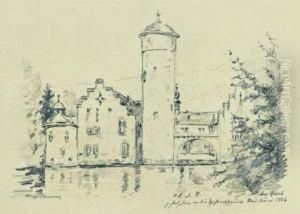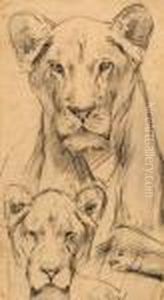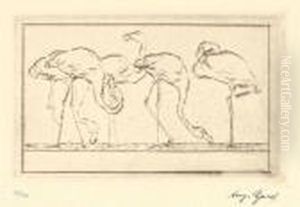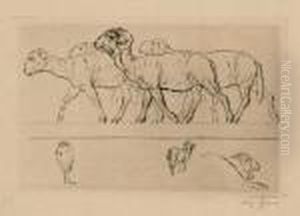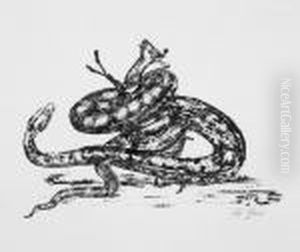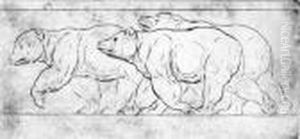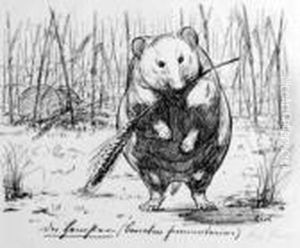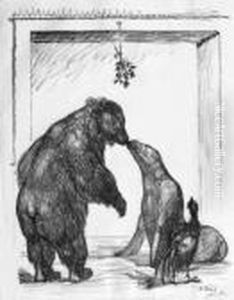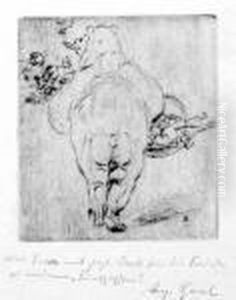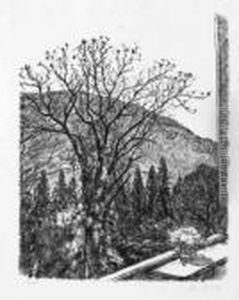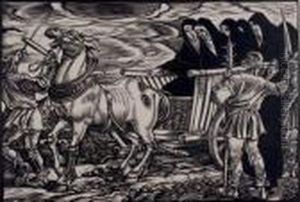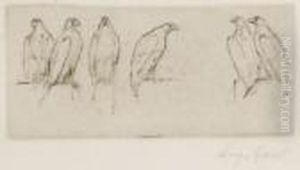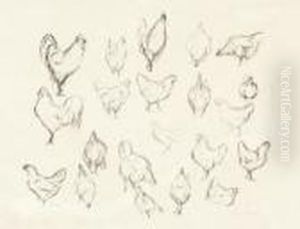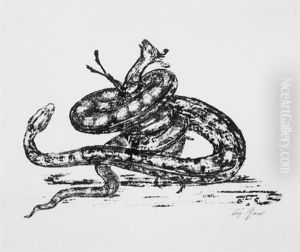August Gaul Paintings
August Gaul was a German sculptor known for his focus on animal sculptures. Born on October 22, 1869, in Großauheim (now part of Hanau), Germany, Gaul was deeply influenced by the animalier tradition, yet his works displayed a distinctive modernity that set him apart from his contemporaries. He initially trained as a metalworker, which provided him with a solid foundation in the techniques of sculpture. Gaul's artistic journey led him to the Kunstakademie in Kassel and later to the Kunstgewerbeschule in Frankfurt, where he further honed his skills.
Gaul moved to Berlin in the 1890s, a period that marked the beginning of his mature artistic phase. He became part of the Berlin Secession, a group of artists who were breaking away from the traditional academic standards of the time. This association placed him in the midst of the avant-garde movement in Germany, allowing him to form significant friendships with leading artists and critics, including Max Liebermann, who played a crucial role in his career.
His sculptures, primarily of animals, were noted for their vitality and the ability to capture the essence of each creature without resorting to a detailed, naturalistic depiction. Instead, Gaul's work leaned towards a more stylized and simplified form, reflecting the influence of contemporary movements such as Symbolism and later Expressionism. This approach made him a pivotal figure in the transition towards modern sculpture in Germany.
Gaul's participation in various exhibitions, including those of the Berlin Secession, garnered him considerable acclaim. His work was also featured in international expositions, further establishing his reputation. Despite his focus on animals, Gaul's sculptures carried a deeper reflection on life and existence, imbued with a sense of character and emotion that resonated with viewers.
August Gaul died on October 18, 1921, in Berlin. His legacy endures through his contributions to modern sculpture, particularly in how we perceive and represent animals in art. His works continue to be admired for their innovative approach and emotional depth, ensuring his place within the annals of art history.
